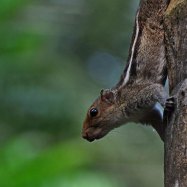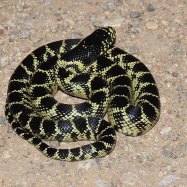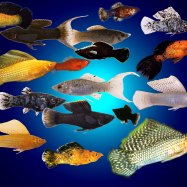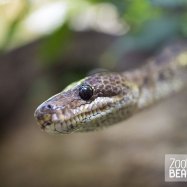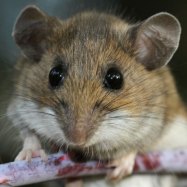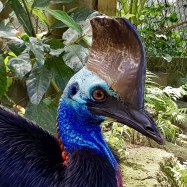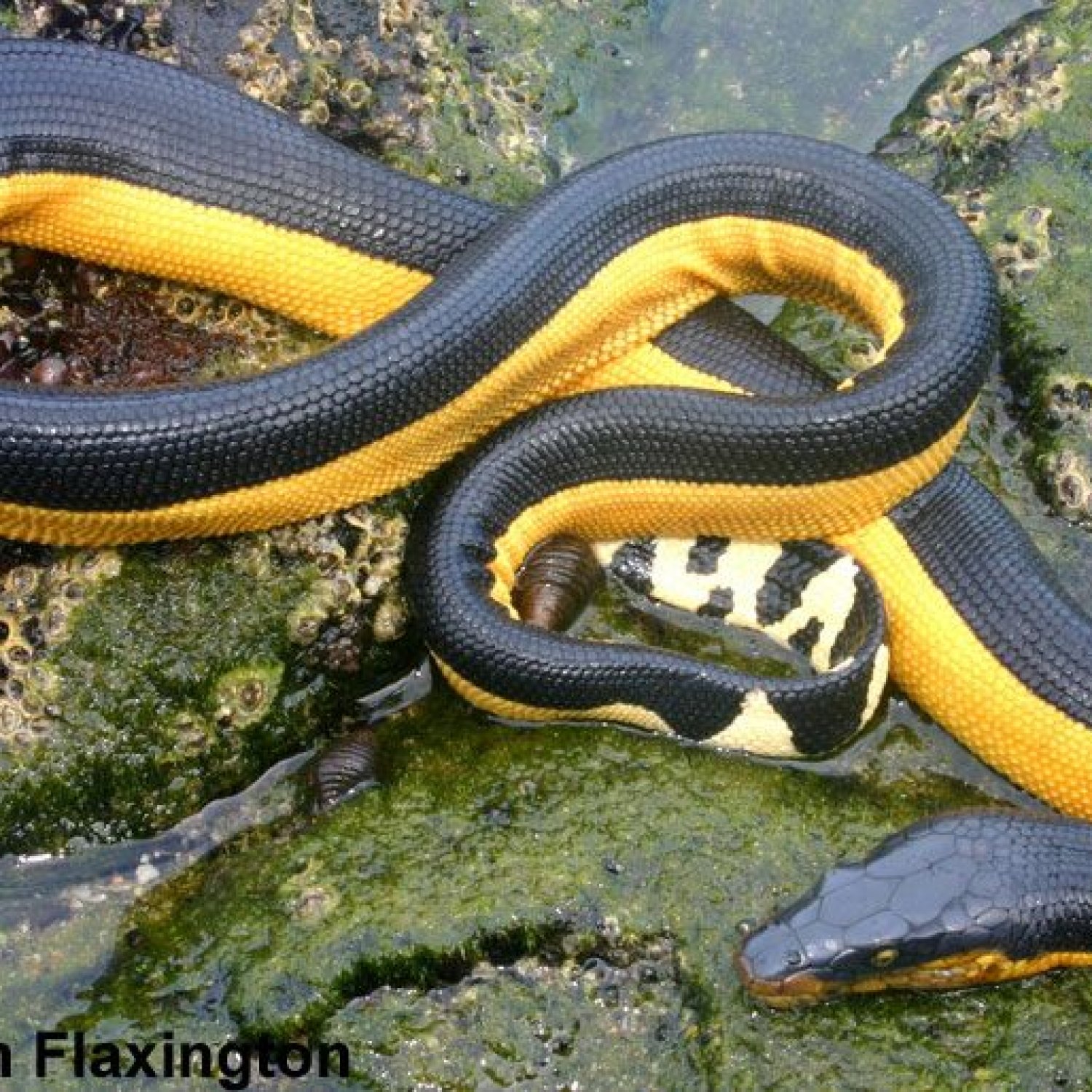
Yellow Bellied Sea Snake
Average length is about 0.7 to 1.2 meters (2.3 to 3.9 feet)
The Yellow Bellied Sea Snake is a fascinating creature found in coastal areas, coral reefs, and offshore islands. With an average length of 0.7 to 1.2 meters, its streamlined and cylindrical body shape makes it a skilled swimmer. Belonging to the Elapidae family, this sea snake is equipped with powerful venom, making it one of the most dangerous animals in the ocean. Next time you're in the ocean, keep an eye out for this elusive and deadly predator. #YellowBelliedSeaSnake #Elapidae #CoastalCreatures.
Animal Details Summary:
Common Name: Yellow Bellied Sea Snake
Kingdom: Animalia
Habitat: Marine
The Mysterious Yellow Bellied Sea Snake
Have you ever heard of the yellow bellied sea snake? Perhaps not, as this species is not commonly known by many people. However, this fascinating creature has many interesting qualities that make it worthy of your attention. From its unique coloration to its venomous nature, the yellow bellied sea snake is a creature to be marveled at. Let's dive in and learn more about this mysterious sea snake!The Basics
The scientific name of the yellow bellied sea snake is Hydrophis platurus, and it is commonly known by its scientific name Yellow Bellied Sea Snake. It falls under the kingdom Animalia, phylum Chordata, and class Reptilia, making it a reptile. In the order Squamata and family Elapidae, it is closely related to other venomous snakes such as cobras and mambas. Its habitat is solely in marine environments, making it one of the few reptiles that are fully adapted to living in the ocean.Geographical Distribution
The yellow bellied sea snake can be found in the tropical and subtropical waters of the Indian and Pacific Oceans. This includes countries such as Australia, Indonesia, Thailand, and the Philippines, to name a few. Its preferred locations are coastal areas, coral reefs, and offshore islands. It is rarely found in shallow waters near the coast, as it prefers the open ocean.Distinctive Coloration and Body Shape
One of the most striking features of the yellow bellied sea snake is its coloration. As the name suggests, it has a bright yellow belly, while the upper side of the body is black or dark brown Yak. This unique coloration serves as camouflage in the water, as it blends in well with the sunlight illuminating the ocean surface. This makes it difficult for predators to spot them from above.In terms of body shape, the yellow bellied sea snake has a streamlined and cylindrical body. This helps it to move swiftly through the water, and it is capable of swimming up to 12 km per hour. Its slender body also allows it to enter small crevices and holes in search of prey.
Feeding Method
Being a carnivorous species, the yellow bellied sea snake mainly feeds on small fish and eels. It uses its venom to immobilize its prey and then swallows it whole. Interestingly, this snake does not have fangs like most venomous snakes. Instead, it has small openings in its lower jaw that are connected to venom glands. When the snake bites its prey, the venom is injected through these openings and into the prey's body.Venomous Nature
Speaking of venom, the yellow bellied sea snake has one of the most potent venoms among all snakes. Its venom is a neurotoxin, which affects the nervous system of its prey, causing paralysis and eventually death. However, despite its potent venom, this species is not considered a threat to humans. In fact, there have been no recorded deaths due to the yellow bellied sea snake's bite. This is because it is not an aggressive species, and its small mouth makes it difficult for it to bite humans. Plus, it rarely comes in contact with humans as it spends most of its time in the ocean.Adaptations for Living in the Ocean
The yellow bellied sea snake has many unique adaptations that help it thrive in its marine environment. Firstly, it is fully adapted to living in saltwater, and its body is capable of removing excess salt through its specialized glands. It also has flattened scales and a tail that acts as a paddle, allowing it to swim with ease. As mentioned earlier, its coloration and streamlined body are also adaptations that help it survive in the ocean.Reproduction and Lifespan
The yellow bellied sea snake is known for its unique reproductive method – it is the only known snake species that gives birth to live offspring without ever coming on land. This is due to the impracticality of laying eggs in the ocean. The female snake carries her fertilized eggs until they hatch inside her body, and then she gives birth to fully formed offspring. Interestingly, this species also practices communal birthing, where several females give birth at the same time, and their offspring swim together in a group.The lifespan of the yellow bellied sea snake is still unknown, but it is believed to live up to 7-10 years in the wild.
The Threats Facing the Yellow Bellied Sea Snake
Despite its venomous nature, the yellow bellied sea snake is facing multiple threats that are jeopardizing its survival. One of the biggest threats is the pollution of the ocean. As these snakes are fully adapted to living in the ocean, they are directly affected by any pollution, whether it is plastic waste or oil spills. In addition, they are also at risk of being caught in fishing nets, which can seriously injure or kill them.Another threat is the loss of habitat. Coral reefs, which are essential for the survival of the yellow bellied sea snake, are disappearing due to climate change, coral bleaching, and human activities such as destructive fishing practices and coastal development.
Conservation Efforts
Several efforts are being made to protect the yellow bellied sea snake and its habitat. One of these is the establishment of marine protected areas, where fishing and other destructive activities are prohibited, allowing the snake to thrive. Another important step is raising awareness about the importance of these creatures and their role in maintaining a balanced marine ecosystem.Conclusion
In conclusion, the yellow bellied sea snake is an incredible creature that deserves recognition and protection. Its unique coloration, venomous nature, and adaptations for living in the ocean make it a fascinating species to learn about. However, it is facing many threats that are putting it at risk of extinction. It is our responsibility to take action and ensure that this mysterious sea snake continues to thrive in the vast ocean.

Yellow Bellied Sea Snake
Animal Details Yellow Bellied Sea Snake - Scientific Name: Hydrophis platurus
- Category: Animals Y
- Scientific Name: Hydrophis platurus
- Common Name: Yellow Bellied Sea Snake
- Kingdom: Animalia
- Phylum: Chordata
- Class: Reptilia
- Order: Squamata
- Family: Elapidae
- Habitat: Marine
- Feeding Method: Carnivorous
- Geographical Distribution: Tropical and subtropical waters of the Indian and Pacific Oceans
- Country of Origin: Various countries including Australia, Indonesia, Thailand, and the Philippines
- Location: Coastal areas, coral reefs, and offshore islands
- Animal Coloration: Black or dark brown on the upper side and bright yellow on the underside
- Body Shape: Streamlined and cylindrical
- Length: Average length is about 0.7 to 1.2 meters (2.3 to 3.9 feet)
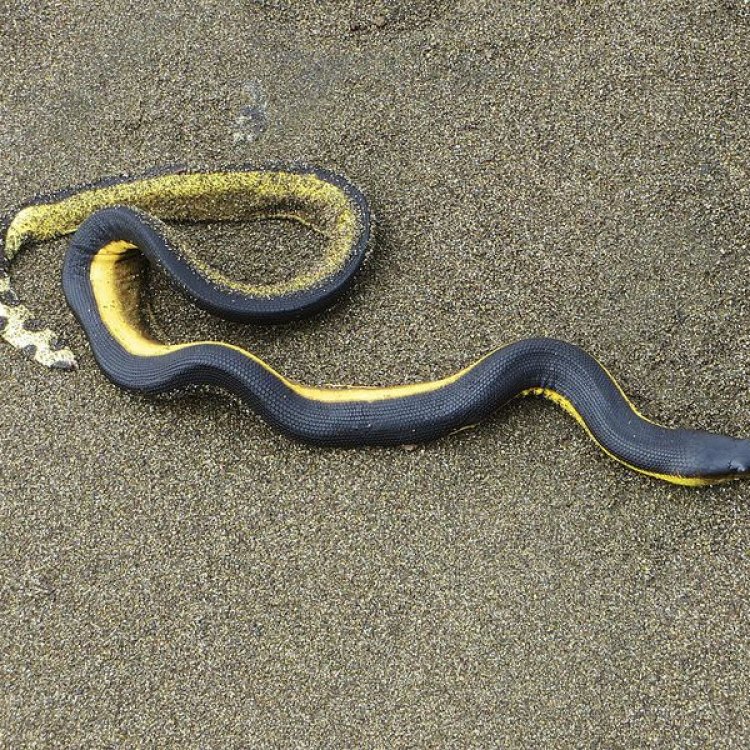
Yellow Bellied Sea Snake
- Adult Size: Up to 1.5 meters (4.9 feet)
- Average Lifespan: Around 10 years
- Reproduction: Oviparous (lays eggs)
- Reproductive Behavior: Males engage in combat to win over females during breeding season
- Sound or Call: Does not produce sound or call
- Migration Pattern: Highly migratory, can travel long distances in search of food and suitable breeding grounds
- Social Groups: Solitary
- Behavior: Active and agile when swimming, prefers to stay in water but can occasionally come on land
- Threats: Habitat loss, pollution, accidental capture in fishing nets
- Conservation Status: Data Deficient (IUCN)
- Impact on Ecosystem: Top predator in its habitat, helps maintain balance in the marine food chain
- Human Use: Not used by humans
- Distinctive Features: Distinct bright yellow belly, venomous fangs
- Interesting Facts: 1. It has the ability to absorb oxygen directly through its skin. 2. Its venom is highly potent, but its small fangs and docile nature make it less dangerous to humans. 3. It is the most widely distributed snake species in the world. 4. It spends its entire life in the ocean and rarely comes on land.
- Predator: Sharks, larger fish

Hydrophis platurus
The Mysterious and Misunderstood Yellow Bellied Sea Snake
As we explore the depths of the ocean, we come across a wide variety of intriguing creatures. From colorful fish to giant whales, the ocean is full of surprises. One such creature that catches the eye is the Yellow Bellied Sea Snake. With its distinct yellow belly and venomous fangs, this snake has been the subject of many myths and misconceptions PeaceOfAnimals.Com. In this article, we will delve into the unique features of this mysterious sea snake and discover the truth behind its secretive behavior.The Yellow Bellied Sea Snake, scientifically known as Hydrophis platurus, is a species of elapid snake found in the tropical waters of the Pacific and Indian Oceans. It is also known as the pelagic sea snake, as it is commonly found in open waters far from the shore. This species was first described by the Dutch physician and naturalist, Pieter Boddaert, in the year 1774. However, it wasn't until the 20th century that researchers began to study this snake in detail.
Adult Yellow Bellied Sea Snakes can grow up to 1.5 meters (4.9 feet) in length, with females being larger than males. They have a slender and elongated body, allowing them to move effortlessly through the water Yorkie Bichon. Their unique adaptation to an aquatic lifestyle includes a flattened, paddle-like tail that helps them to swim with ease. This adaptation also makes it difficult for the snake to move on land, and they rarely come on land except for mating and laying eggs.
One of the most interesting features of this sea snake is its ability to absorb oxygen directly through its skin. Unlike most snakes that have to come to the surface for breathing, the Yellow Bellied Sea Snake has a highly vascularized skin that allows it to extract oxygen from the water. This adaptation enables it to stay submerged for up to two hours, and they only need to come to the surface to breathe when they are resting or digesting food.
The average lifespan of a Yellow Bellied Sea Snake is around 10 years. However, their lifespan can vary depending on several factors such as food availability, predation, and human interference. These snakes are known to be solitary and independent creatures, preferring to live and hunt alone. They also have a highly migratory nature, and their movements are influenced by the availability of food and the search for suitable breeding grounds.
When it comes to reproduction, the Yellow Bellied Sea Snake is oviparous, meaning it lays eggs. The breeding season for these sea snakes is from April to September, and during this time, the males engage in combat to win over females. These combats consist of pushing and shoving, but they rarely result in any injury to the males. Once a male has successfully won over a female, the pair will mate and then go their separate ways. The female will then go on to lay 2-12 leathery eggs, which she will attach to underwater structures like corals or rock crevices. The incubation period can range from 6 to 10 months, depending on the water temperature.
Despite their intimidating appearance and venomous nature, the Yellow Bellied Sea Snake is surprisingly docile, making it less dangerous to humans. They have small fangs located at the back of their mouth, which limits their ability to deliver a significant amount of venom. Their venom, while highly potent, is only used for hunting and not for defense. However, caution should still be exercised when encountering these snakes in their natural habitat, as they can still deliver a lethal bite if provoked.
Speaking of their natural habitat, these snakes are found in the warm, tropical waters of the Pacific and Indian Oceans. They are also known as the most widely distributed snake species in the world, with a range spanning from the eastern coast of South America to the west coast of Africa. They can also be found in the Caribbean Sea and the Gulf of Mexico. However, due to their elusive nature and preference for open waters, their population size and exact distribution are not well known.
The Yellow Bellied Sea Snake is a top predator in its habitat, and its presence plays a crucial role in maintaining the balance of the marine food chain. As they primarily feed on small fish and eels, they help to keep their populations in check, preventing overpopulation of certain species. However, despite their important role in the ecosystem, these snakes are facing several threats that could potentially harm their population.
Habitat loss and degradation, mainly due to human activities such as fishing and pollution, pose a significant threat to the survival of these sea snakes. They are also at risk of getting accidentally captured in fishing nets, leading to their death. Additionally, climate change and the increase in ocean temperatures could have a detrimental effect on their population and distribution. Due to these threats, the International Union for Conservation of Nature (IUCN) has classified the Yellow Bellied Sea Snake as Data Deficient, meaning that there is insufficient information to determine their conservation status.
Despite their lack of use to humans, these sea snakes are fascinating creatures that are integral to the health of our oceans. Their existence serves as a reminder of the incredible diversity that exists in our marine ecosystems and the delicate balance that must be maintained for their survival.
In conclusion, the Yellow Bellied Sea Snake is a unique and mysterious creature that has managed to thrive in the vastness of the open ocean. Its ability to survive and thrive in such an environment is a testament to its remarkable adaptations. While there is still much to discover and understand about this elusive snake, one thing is for sure – they play a crucial role in the balance of our marine ecosystem, and their preservation is essential for the health of our oceans.

The Mysterious Yellow Bellied Sea Snake
Disclaimer: The content provided is for informational purposes only. We cannot guarantee the accuracy of the information on this page 100%. All information provided here may change without prior notice.

